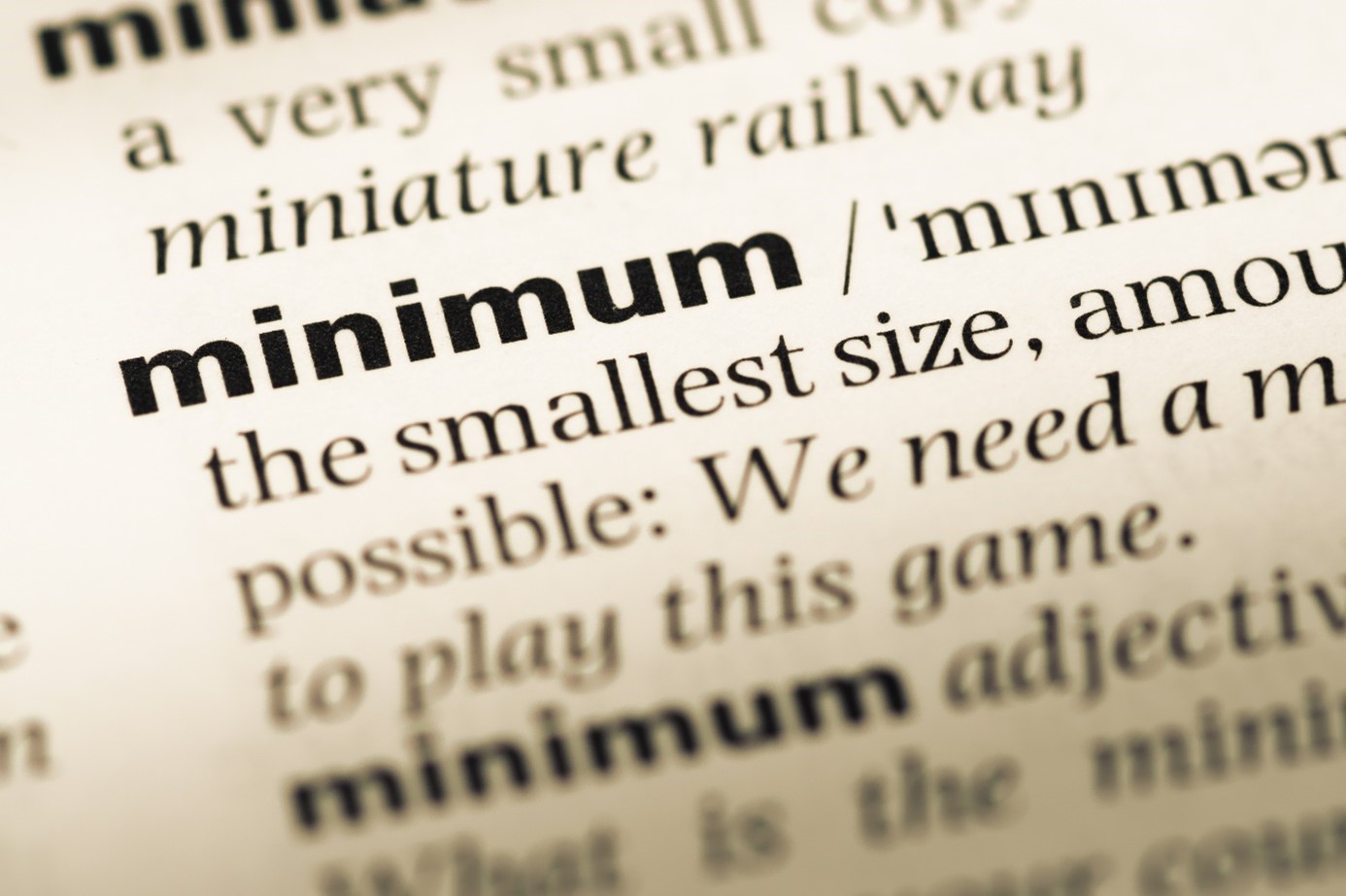Unlocking Supply Chain Decision-Making Secrets
At our French user conference in June 2023, our partner DFYA reminded us that we’re constantly making a huge number of decisions. One figure put forward is 35,000 decisions per day for an adult human. If you do an Internet search on the number of decisions per day, Google will indeed give you 35,000. However, the … Read more














